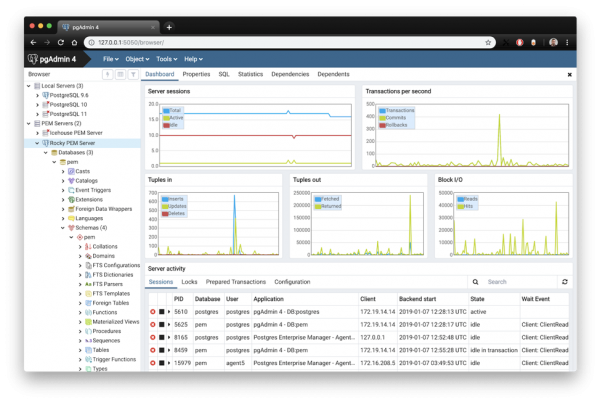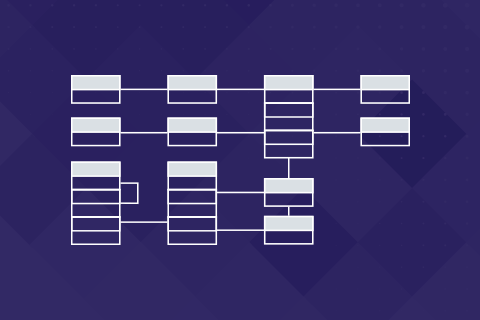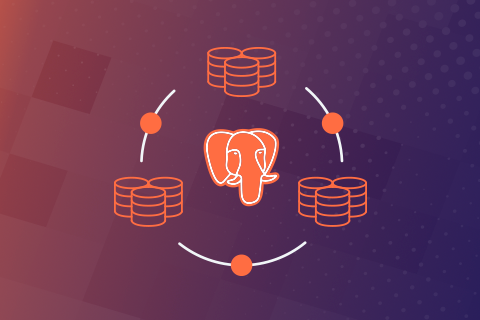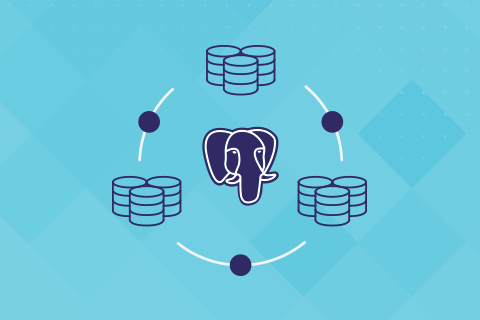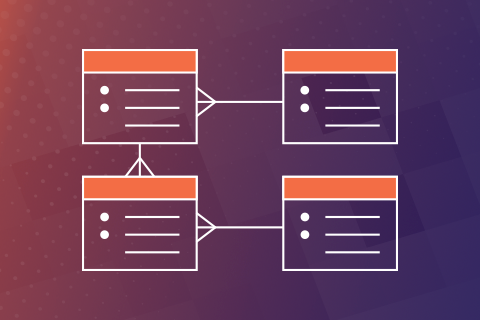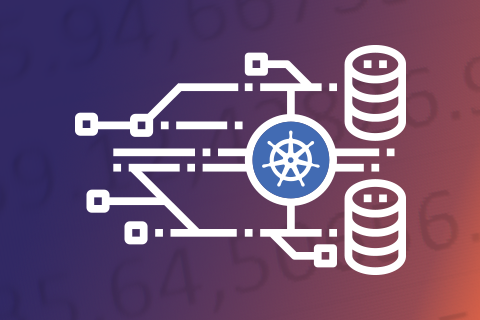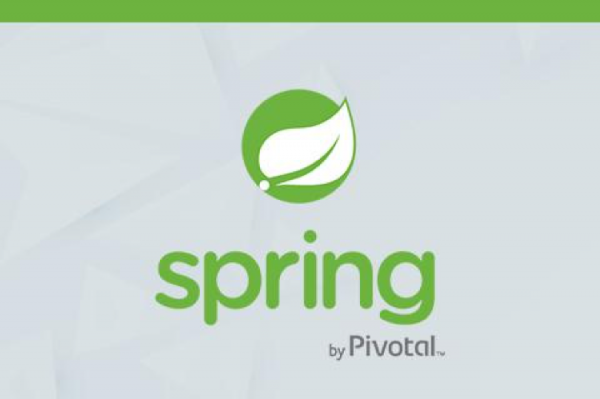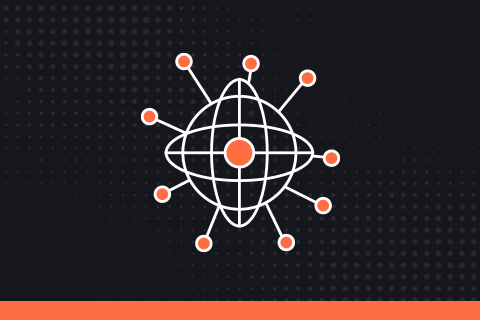Getting Started with PGAdmin on a Distributed SQL Database
If you’re a database developer, you already understand the importance of a tool to manage your databases. Whether it is for creating schemas, ad-hoc querying, backups, or diving deeper to troubleshoot a database issue, a database tool can make your life much easier and increase your productivity. In a previous post we covered how to get started with DBeaver, and in this post we’ll show you how to get up and running with YugabyteDB and PGAdmin.
…
